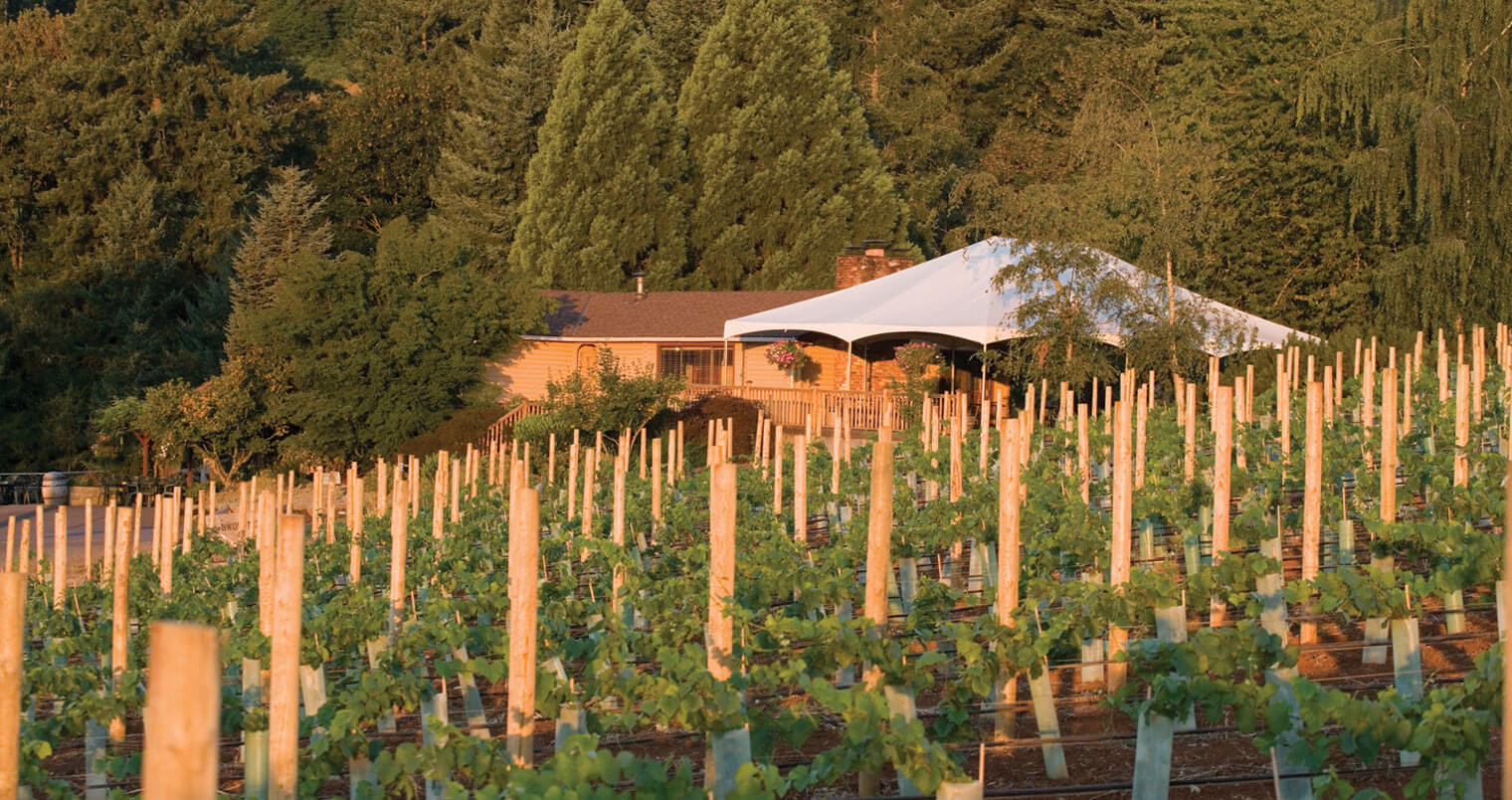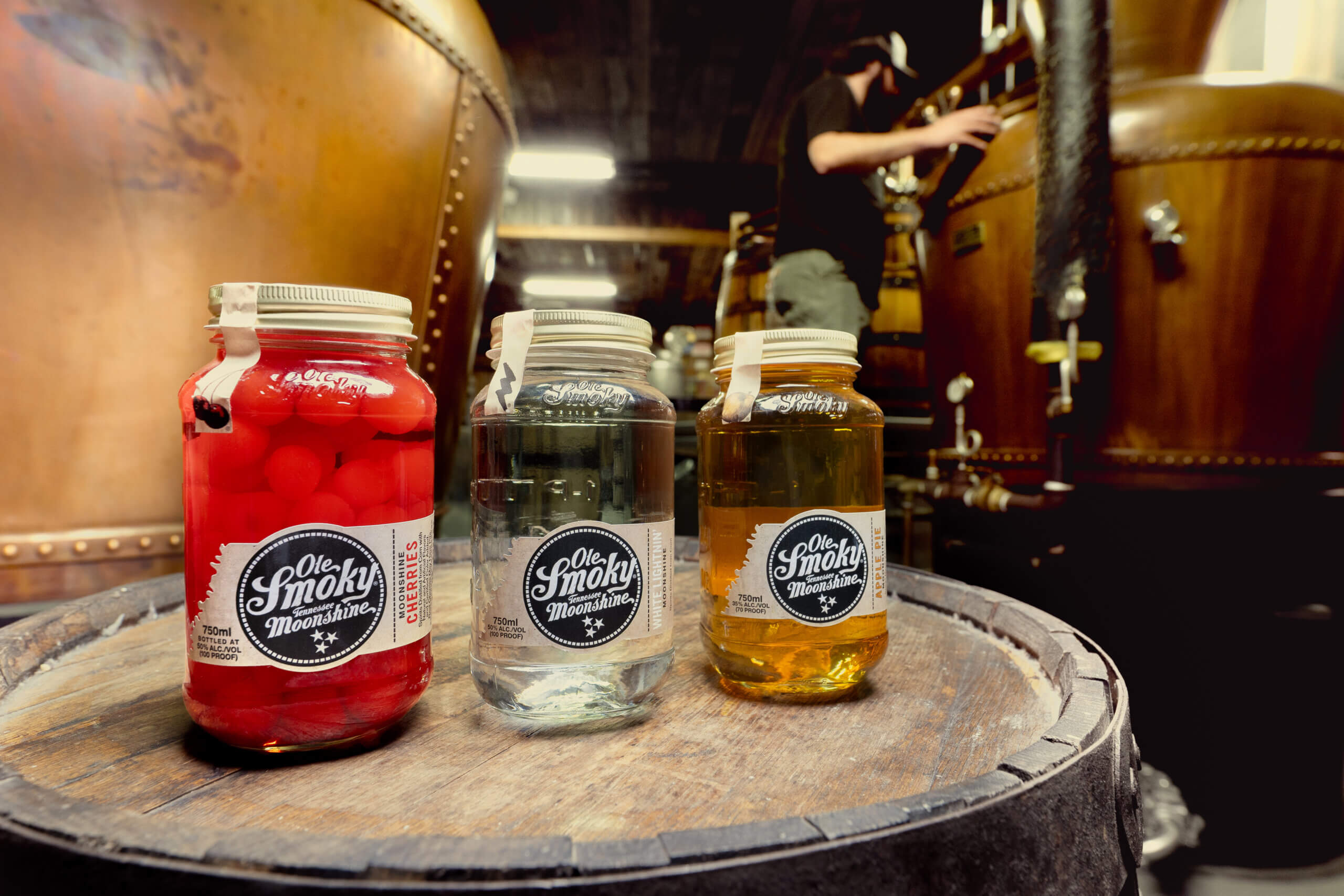Pinot Noir is No Longer the Hottest Grape in Oregon Wine Country
By Alana Tielmann
Oregon wine is synonymous with glorious Pinot Noir.
The grape was among the first planted in the Willamette Valley back in 1965, and today it occupies nearly 60 percent of vineyard acres across the state. But the state’s microclimate and geographic diversity make it well suited to many different grape varieties—72, to be exact, ranging from Arneis to Zinfandel. French grapes like fresh Pinot Gris, rich Chardonnay, and savory Syrah thrive in Oregon’s varied wine regions, and each reflects the climatic and site differences among 19 American Viticultural Areas (AVAs), just like Pinot Noir. These are the grapes to look out for the next time you’re searching for a great bottle of Oregon wine.

Erath Vineyard
Pinot Gris
At 14 percent, Pinot Gris represents the second most planted varietal, with 3,989 acres, according to the Oregon Vineyard and Winery Census Report from August 2018. Erath Winery, an Oregon wine pioneer since 1969, has been working with Pinot Gris for more than two decades. The attention to detail starts with perfecting the grape in the sustainable vineyards of Dundee Hills AVA, and continues to the winery with closely monitoring the cluster counts and weights, as well as whole cluster pressing. Erath 2016 Pinot Gris shows purity and freshness of fruit, balance, and wonderful acidity in an unadulterated “no wood, no malolactic” style.
“Our style of Pinot Gris is accomplished by fermenting in stainless steel as a way to protect the freshness we worked so hard to achieve in the vineyard,” says Gary Horner, senior winemaker at Erath Winery. “We want the wine to be lively and approachable so it can be enjoyed on its own or paired with seafood, salads, lighter meat dishes, and milder cheeses.”

Gary Horner Winemaker at Erath
Chardonnay
Standing at six percent of Oregon’s top-planted varieties, Chardonnay produces wine at all ends of the spectrum—from buttery and oaky to fruity and tangy. Today, Oregon winemakers are firmly shifting the flavor of Chardonnay to citrus by utilizing the state’s varied climates. Extra sunlight enables long, even ripening during Oregon’s growing season, while crisp, cool nights help grapes retain their refreshing acidity, resulting in first-rate wines.
Brittan 2016 Chardonnay is the most distinguished yet. Drawing grapes solely from McMinnville AVA, the wine releases lively aromas of honeysuckle, tangerine, and Meyer lemon. On the palate, a refreshing thread of citrus fruits and spice complement an elegant framework of structure and acidity.
“I feel very strongly that the best New World Chardonnays are going to come out of Oregon in the next 10 years,” says Robert Brittan, winemaker and owner of Brittan Vineyards. “It’s because of the way the fruit evolves up here—it’s not so abrupt as in Napa. Here, I’ve found that structure and richness I wanted.”

Brittan Vineyards
Syrah
Interestingly, the largest percentage increase in varietal acreage was for Syrah. Now at four percent, this sun-loving grape emphasizes the continual expansion of Oregon’s wine trail into eastern Oregon, near Washington State. Within the cross-border Walla Walla Valley region, The Rocks District of Milton-Freewater AVA is defined by its 200-foot-deep, fist-sized basalt cobblestones, which radiate heat up toward the grape clusters during warm days. Cool nights and low rainfall also add to the unique ripeness and structure obtained in Syrah.
Syrah showcases a lovely, perfumed aroma with a savory palate and a prominent, lingering minerality on the finish. “Typically, when people talk about wine, they talk about the fruit,” says Trey Busch, winemaker and co-owner of Sleight of Hand Cellars. “Well, fruit is like the eighth or ninth adjective when you’re smelling Rocks [District] wines. It’s all savory characteristics. It’s meat and brine and olive and saline and mineral and bacon fat.”









